Revolutionizing Woodcraft with Cutting Edge CNC Wood Cutting Machines
The woodcraft industry has undergone transformative changes in recent years, largely driven by advancements in technology, particularly the introduction of CNC wood cutting machines. As reported by a recent market analysis, the global CNC wood cutting machine market is projected to reach $2.5 billion by 2026, growing at a CAGR of 7.2% from 2021 to 2026. This surge reflects the increasing demand for precision and efficiency in woodworking processes, where traditional methods are often insufficient to meet modern manufacturing standards. The integration of CNC technology not only enhances cutting accuracy but also significantly reduces production time and waste, making it an invaluable asset for artisans and manufacturers alike.

By harnessing the capabilities of these cutting-edge machines, woodworkers can revolutionize their craft, achieving intricate designs and exceptional finishes that were once thought to be unattainable.
Revolutionizing Woodcraft: The Impact of CNC Technology on Traditional Woodworking
 The integration of CNC (Computer Numerical Control) technology into woodworking is reshaping traditional practices, allowing artisans to explore innovative designs and intricate details that were once deemed impossible. According to a recent industry report, CNC machines have been shown to increase production efficiency by up to 70%, while also reducing material waste significantly. This unprecedented precision enables woodworkers to sculpt radical forms and create slender objects that mimic the delicate curl of ribbon, pushing the boundaries of creativity.
The integration of CNC (Computer Numerical Control) technology into woodworking is reshaping traditional practices, allowing artisans to explore innovative designs and intricate details that were once deemed impossible. According to a recent industry report, CNC machines have been shown to increase production efficiency by up to 70%, while also reducing material waste significantly. This unprecedented precision enables woodworkers to sculpt radical forms and create slender objects that mimic the delicate curl of ribbon, pushing the boundaries of creativity.
Notably, the resurgence of woodworking in regions like Hong Kong highlights the impact of modern techniques on age-old craft. In the 1960s, the city was a hub of timber production, with craftsmen skilled in producing everything from robust furniture to intricate boat components. Today, artists are leveraging advanced CNC machines along with traditional methods, leading to a woodworking renaissance that emphasizes both innovation and craftsmanship. The combination of CNC technology and traditional skills not only preserves the rich heritage of woodworking but also invites a new generation of artisans to redefine what is possible within this timeless craft.
The Growth of the CNC Wood Cutting Market: Trends and Projections for 2023 and Beyond
The CNC wood cutting market is experiencing significant growth in 2023, driven by advancements in technology and the increasing demand for precision in woodworking. As industries and hobbyists alike recognize the benefits of CNC machines, including improved accuracy and efficiency, the adoption of these tools is becoming more widespread. Trends such as the integration of artificial intelligence and enhanced software capabilities are further propelling this growth, allowing users to design and execute intricate wood crafts with ease.
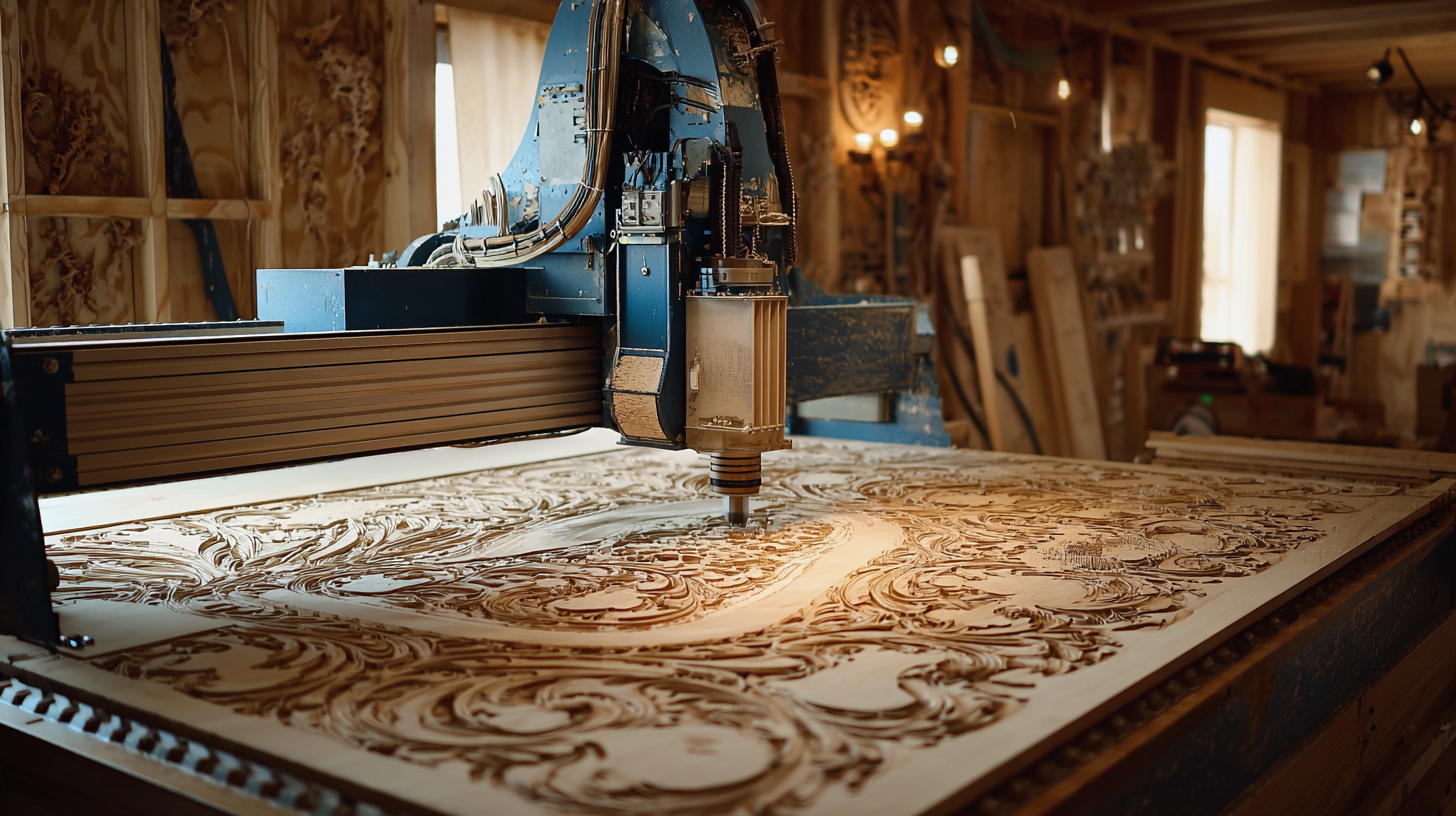
Tips for selecting the right CNC wood cutting machine include evaluating your specific project needs and budget. It is crucial to consider the machine's capabilities, such as cutting speed, precision, and the type of materials it can handle. Additionally, researching user reviews and feedback can provide valuable insight into the reliability and performance of different models.
Another important tip is to stay updated on emerging trends and technologies in the CNC market. This can involve attending woodworking trade shows, participating in online forums, or subscribing to industry publications. By staying informed, woodcraft enthusiasts can capitalize on innovations that could enhance their crafting experience and ultimately improve their product offerings.
Enhancing Precision: How CNC Machines Achieve 0.01 mm Tolerances in Woodworking
CNC (Computer Numerical Control) machines are redefining the woodworking industry by offering unparalleled precision that was once thought impossible. With the ability to achieve tolerances of just 0.01 mm, these advanced machines allow woodworkers to create intricate designs and flawless cuts, setting a new standard for craftsmanship. This level of accuracy not only enhances the aesthetic appeal of wooden products but also significantly reduces material waste, leading to more efficient production processes.
The incredible precision of CNC machines stems from their sophisticated software and precise mechanical components. By translating complex designs into exact movements, these machines can replicate patterns and shapes with astonishing fidelity. As a result, woodworkers can push the limits of creativity, crafting bespoke furniture, unique art pieces, and custom fittings that meet exact specifications. This revolution in woodcraft not only increases productivity but also opens up new avenues for innovation, making CNC technology an essential tool for modern carpenters and designers.
Precision Tolerance in CNC Wood Cutting Machines
Sustainability in Woodcraft: The Role of CNC Machines in Reducing Waste by up to 50%
The advent of CNC (Computer Numerical Control) machines in woodcraft is reshaping the industry, particularly in its pursuit of sustainability. According to a report from the Forest Products Laboratory, traditional woodcraft methods can generate as much as 20-30% waste during the cutting process. However, with the precision and efficiency of CNC technology, this waste can be dramatically reduced. Studies indicate that businesses employing CNC machines can cut waste by up to 50%, leading to significant economic and environmental benefits.
Additionally, CNC machines facilitate the optimization of material usage. Advanced software used in conjunction with CNC routers allows artisans to plan their cuts meticulously, ensuring that every piece of wood is utilized effectively. The National Association of Manufacturers reports that this efficient approach not only fosters sustainability but also enhances productivity. Ultimately, the integration of CNC technology not only revitalizes traditional woodcraft by blending artistry with innovation but also champions environmental responsibility, setting a new standard for the industry.
Revolutionizing Woodcraft with Cutting Edge CNC Wood Cutting Machines
| Parameter | Traditional Methods | CNC Machines | Waste Reduction (%) |
|---|---|---|---|
| Material Utilization | 70% | 90% | 20% |
| Production Time | 8 hours | 5 hours | 37.5% |
| Labor Cost | $300 | $150 | 50% |
| Setup Time | 2 hours | 30 minutes | 75% |
| Energy Consumption | 600 kWh | 400 kWh | 33.3% |
Integrating CAD/CAM Software with CNC to Elevate Design Possibilities in Woodwork
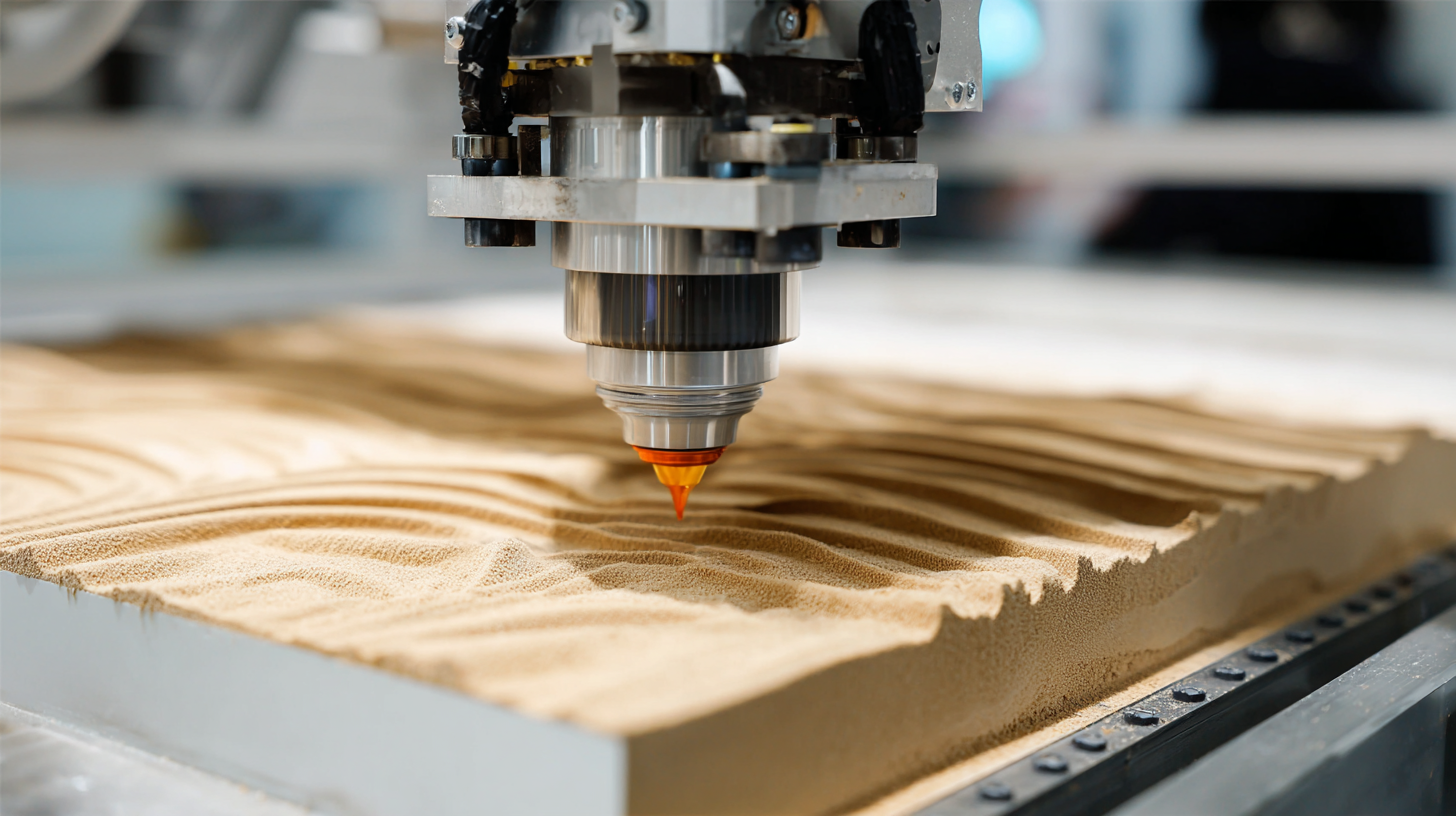 The integration of CAD/CAM software with CNC technology is revolutionizing the woodcraft industry, significantly elevating design possibilities and enhancing production efficiency. According to a recent industry report from Technavio, the global CNC machine market in the woodworking sector is expected to grow by approximately 11% annually, reflecting a trend toward greater automation and precision in woodworking. This growth is largely fueled by the ability of CAD/CAM systems to facilitate complex designs that were previously unattainable with traditional methods.
The integration of CAD/CAM software with CNC technology is revolutionizing the woodcraft industry, significantly elevating design possibilities and enhancing production efficiency. According to a recent industry report from Technavio, the global CNC machine market in the woodworking sector is expected to grow by approximately 11% annually, reflecting a trend toward greater automation and precision in woodworking. This growth is largely fueled by the ability of CAD/CAM systems to facilitate complex designs that were previously unattainable with traditional methods.
By enabling designers to create intricate patterns and structures digitally, CAD/CAM software allows for seamless transitions from design to manufacturing. This digitization process not only reduces the potential for human error but also accelerates the production timeline. A study by the Woodworking Machinery Industry Association (WMIA) indicates that companies utilizing integrated CAD/CAM solutions can reduce lead times by up to 30%, making them more competitive in a fast-paced market. As these technologies continue to evolve, craftsmen and manufacturers alike are discovering new ways to innovate, ensuring that the future of woodcraft is as dynamic as the materials they work with.
Related Posts
-
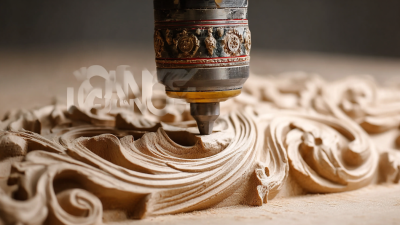
How to Choose the Best CNC Wood Carving Machine: A Comprehensive Tutorial for Buyers
-
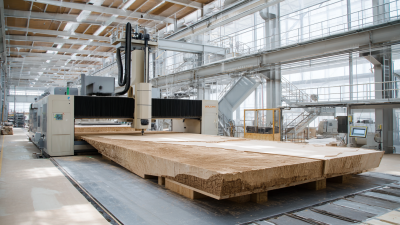
China's Premier CNC Wood Cutting Machines Setting Global Standards in Quality and Innovation
-

Exploring the Future of Best CNC Engraving Machines in 2025 and How to Choose the Right One
-

Top Strategies for Choosing the Best CNC Router for Your Business Needs
-
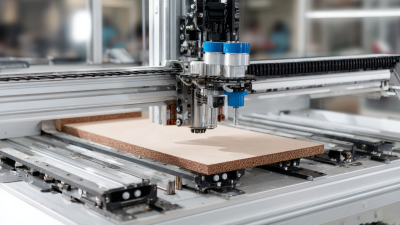
Maximize Your Investment with Top After Sales Support and Repair Cost Tips for Best CNC Router Table
-

5 Incredible Facts About CNC Wood Carving Machines You Must Know















